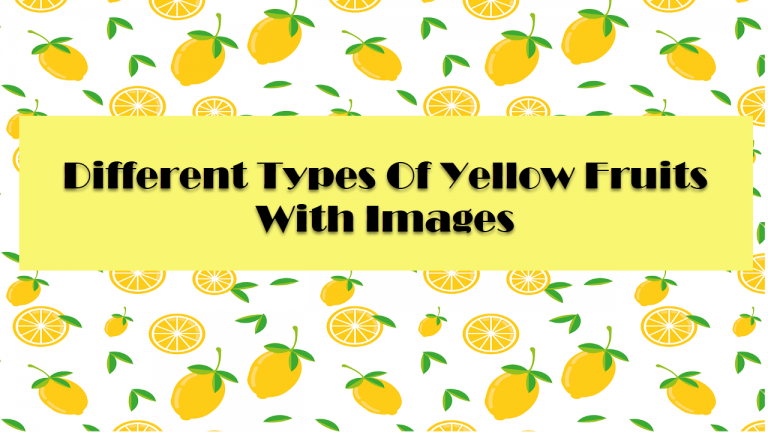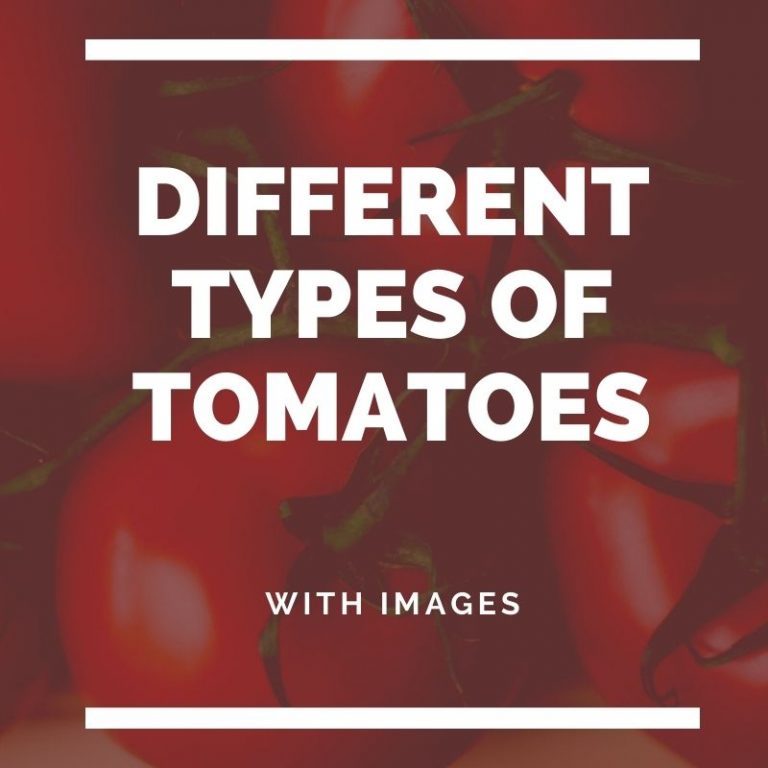11 Different Types of Cabbage With Images
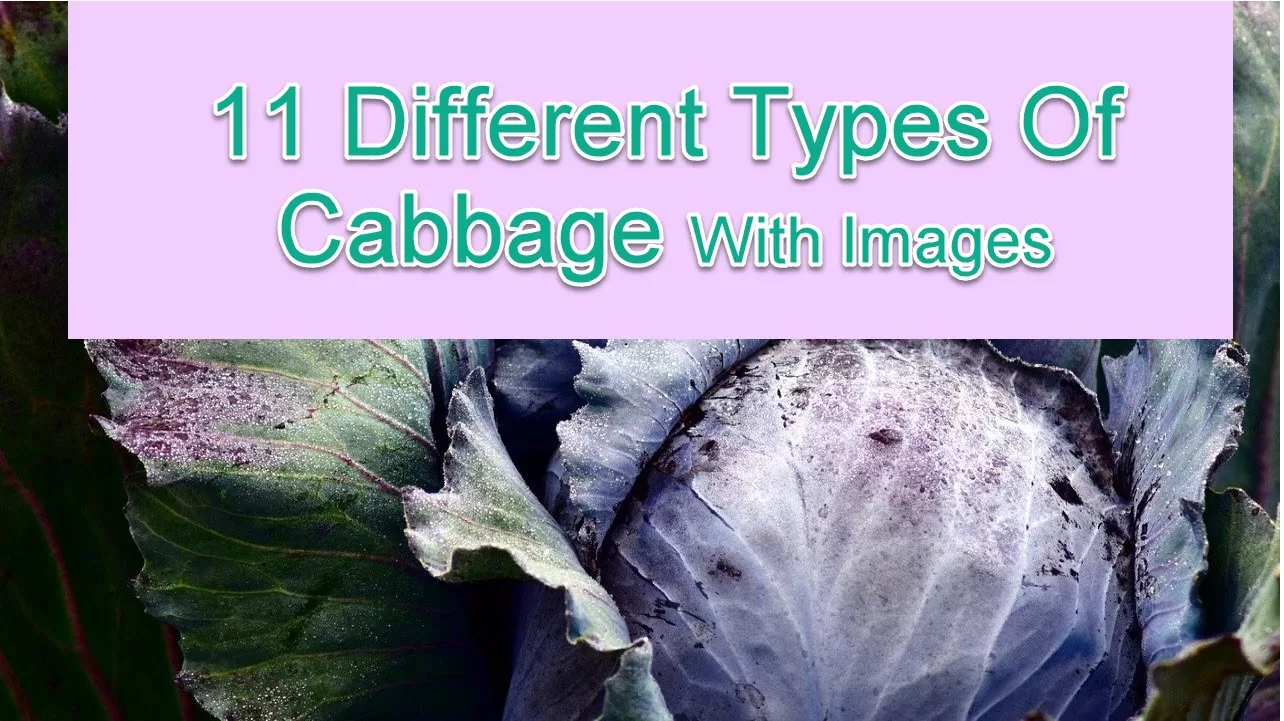
Cabbage is a green leafy vegetable that belongs to the Brassica Oleracea species. It is a very healthy type of vegetable with hundreds of popular varieties. The most common types of cabbage are Bok Choy, Kale, Napa Cabbage, and Savoy. These leafy vegetables also come in different colors, with green being the most common. Other popular varieties are white, deep red, and purple colors.
Cabbage is also related to broccoli, Brussels sprouts, and cauliflower as the former belongs in the Brassica genus of plants. Thus, cabbage is also classified as one of the cruciferous vegetables.
Depending on the cabbage variety, it can be eaten raw, stir fries, steamed, or braised.
Characteristics Of A Best Type Of Cabbage
Since there are hundreds of varieties of cabbages in the market, one should know how to choose the best type of cabbage. If you are into cabbages, you should pick cabbage with:
- Cabbage heads should be firm and solid with few to no loose leaves around it.
- Outer leaves should also be firm and do not stagger.
However, some cabbage varieties have crinkly leaves while others have smooth leathery leaves. Therefore, their textures vary depending on their type. With that being said, it is imperative to know the different types of cabbage and their characteristics.
This article will help you identify the types of cabbages, and so will help you select the best type of cabbage whenever needed.
If you want to know the different cabbage varieties, scroll down and continue reading.
Types Of Cabbage
Below are the different cabbages and their images.

1. Portuguese Cabbage
Portuguese cabbage is a type of cabbage that grows in the leaves and does not form heads. This leafy green vegetable from the Brassica family, has leaves that are succulent and fleshy. This variety of cabbage can be grown in both hot and cold temperatures.
Its large oval-shaped leaves taste sweeter compared to Kale cabbage, and is a good source of vitamins and minerals.
Portugal cabbage is best used for soups and stews, but its thick white stem should not be included nor consumed.
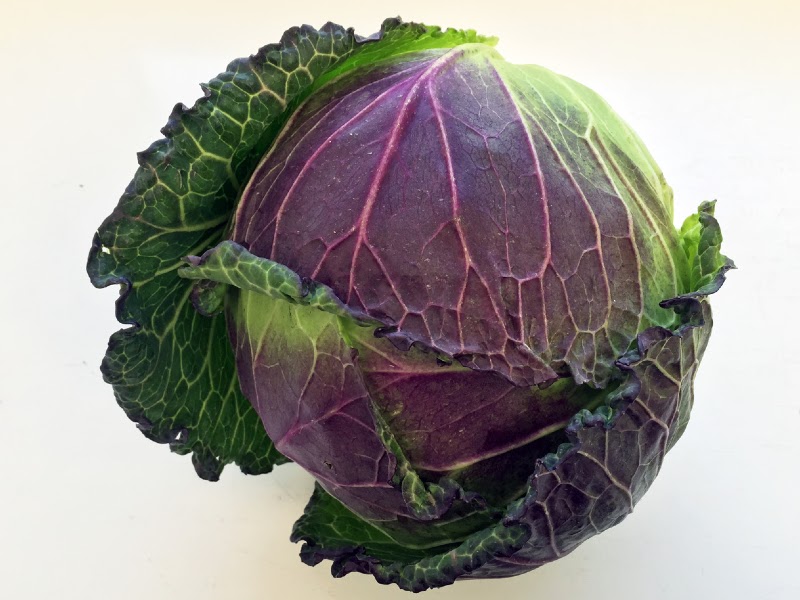
2. January King Cabbage
January King Cabbage, a unique and interesting variety of cabbage, is a Brassica cultivar that has been cultivated since 1867 in England. This winter vegetable has blue green leaves with red or purple blush, and weighs around 1.4-2.3 kg (3-5 lbs.)
January King can be used in raw salads or added to stir-fries, similar to savoy cabbage. You can also add butter to shredded January King cabbage leaves or have it roasted.
This type of cabbage is a good source of Vitamin C, minerals, fiber, and Omega 3. January King Cabbage is also good for the brain, blood vessels, and immune system.
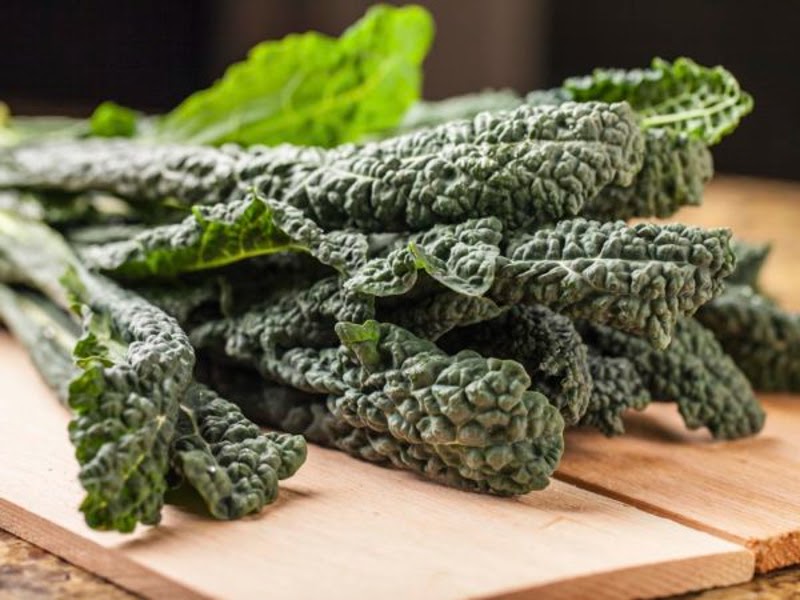
3. Tuscan Cabbage
Tuscan Cabbage, also known as Cavalo Nero, is native to Italy. This versatile vegetable has distinctive dark green leaves. Its best season is from April to September.
Tuscan Cabbage, which belongs to the Brassica family, is a good source of Vitamins A, C, B6 and K, calcium, copper, potassium, and manganese.
This large type of cabbage plant has leaves that can grow up to 3 ft tall. In fact, Tuscan cabbage looks similar to a palm tree’s leaves, which are long, thin, and crinkly.
Tuscan Cabbage can be steamed, pan-fried, baked, or braised.
This delicious cabbage has a slightly bitter taste when cooked.
A high quality Tuscan cabbage should be the one with bright-coloured leaves and strong stalks. You can store this cabbage in the fridge for up to five days, tightly packed in a snap-lock bag.

4. Kale (Leaf) Cabbage
Kale belongs to Brassica Oleracea cultivars, and is also known as Leaf cabbage. This type of cabbage has green or purple leaves. And Kale leaves do not form a head, unlike other cabbages.
Aside from cooking, Kale is also grown for their ornamental leaves. Some types of ornamental Kale are coral prince, peacock kale, colo up kale, kamone coral queen, and chidori kale. These varieties of cabbage are also edible, but not as palatable as other vegetables.
Kale leaves are usually used in wedding bouquets and vegetable bouquets.
Edible Kale can have a sweet taste, bland, or bitter, depending on its age. But normally, this type of cabbage has tough leaves which are crunchy, and has a strong taste.
Kale is also a good source of vitamins A, B6, C, and K, potassium, and calcium. The healthiest way to prepare Kale is either steamed or raw.

5. Bok Choy
Bok Choy, also known as pak choi (British English), is a type of Chinese cabbage that does not form heads. It has green leaf blades similar to mustard green. Its flavor is slightly sweeter than spinach and water chestnuts with a light peppery undertone.
Compared to the white bulb part, the green leaves have a stronger flavor.
Bok Choy, which is good for stir fry, is a good source of glucosinolates. When taken in small doses, the said compounds can prevent cancer.
And just like other types of cabbages, bok choy is rich in vitamins A, K, B6, and C.

6. Napa Cabbage / Chinese Cabbage
Napa Cabbage, a type of Chinese cabbage, is native to China before the 15th century. It is also known as wombok or petsai.
This cabbage that belongs to the Pekinensis group, is widely used in East Asian cuisine.
Napa cabbage has an oblong shape with pale green and yellow leaves. It also has a thick ad white crunchy stem.
This cabbage has a mild flavor and has soft green leaves, which is perfect for salads.
Napa cabbage can weigh up to 3kg (6.5 lbs).
These varieties of cabbage are tightly packed collections of leaves, and do not form heads.
The leaves can grow up to 18 inches tall.
Aside from being eaten raw, napa cabbage can also be used in stews, stir-fries, or soups. You can also use Napa in making kimchi.
These cabbages are rich in Vitamin B9, Vitamin C, K, copper, iron, calcium, and manganese.
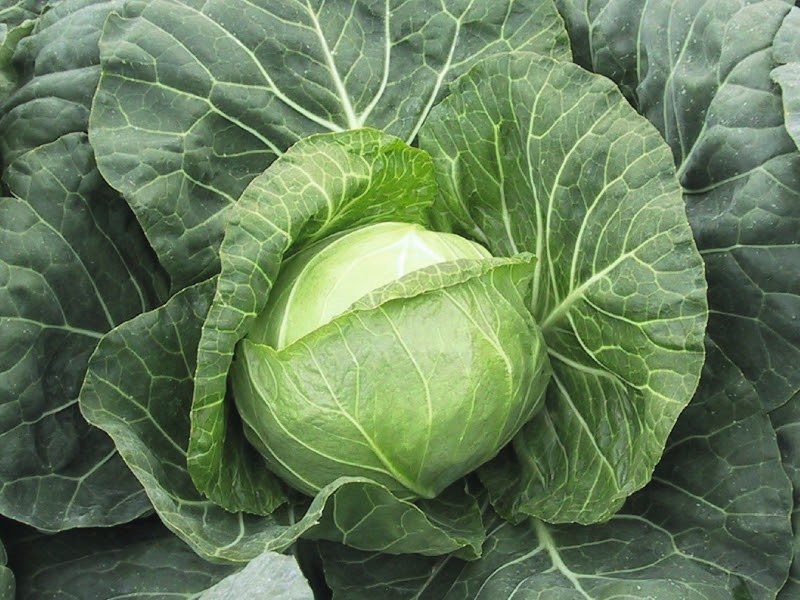
7. Parel Cabbage
Parel cabbage is a variety from the Brassica Oleracea. It is a type of cabbage that is small, with a white inner part and green outer leaves.
This cabbage has small dense heads that are tender and juicy. Its head usually weighs from 0.8 to 1.5 kg. Its firm texture is good for slicing and shredding, and is perfect for salads or pickling. This Dutch hybrid matures in mid-summer, holds out against pests and diseases, and can resist cold.
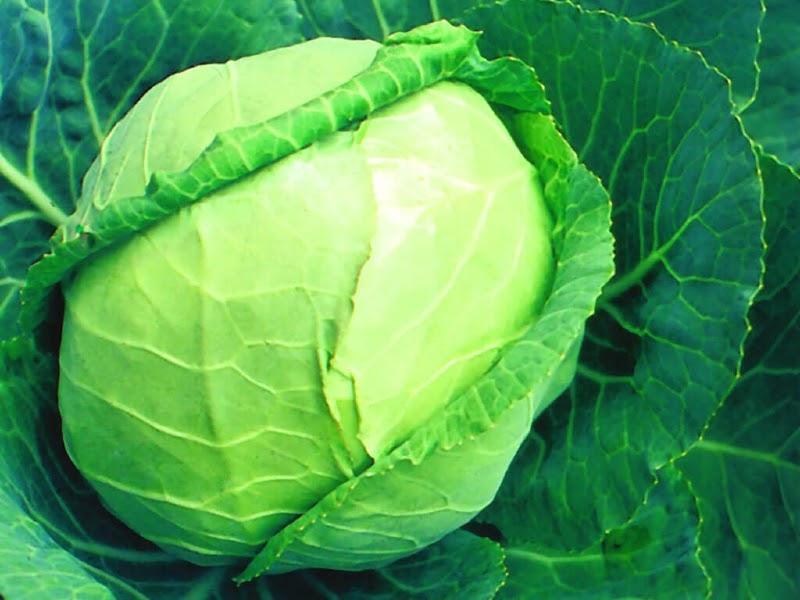
8. White / Dutch Cabbage
White cabbage, known as Dutch cabbages, are green cabbage with very pale-colored outer leaves, and have tightly packed leaves in the core. Dutch cabbage can also be red color.
White cabbages are large, flattened ovals that can weigh up to 3kg. This vegetable is an excellent source of vitamins B and C, and minerals.
It has a sweet flavor, and is ideal for sauerkraut and fresh use.
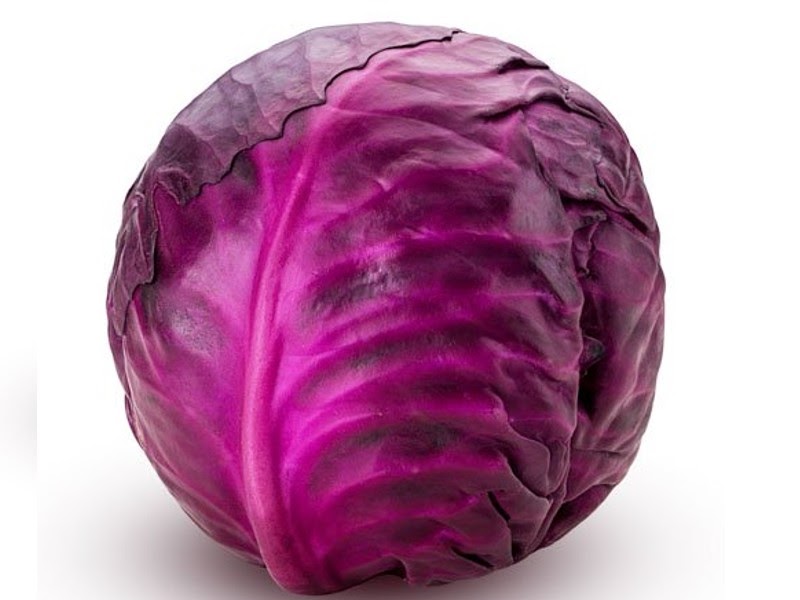
9. Red Cabbage
Red Cabbage, known as Blaukraut after preparation, has leaves that are dark red or purple in color. Its color changes depending on the soil’s pH value.
Red cabbages are among the healthiest cabbages. This purple cabbage is a good source of anthocyanins, an antioxidant which is good for the heart.
And like no cabbages, red cabbage is also a popular ingredient for coleslaw and salads. It has a sweeter taste and crunchy texture. Red cabbage is also a good choice for pickling.
It is a good source of vitamin K, small amounts of calcium, zinc, and magnesium. It is also high in fiber, and therefore, easier to digest. Thus, it makes your digestive system healthy.
Some known red cabbage cultivars are red drumhead, ruby ball, and red express.
Red drumhead is a type of red cabbage that is crispy. It has dark purple leaves and a better choice for braising, coleslaw recipes, and pickling.
Ruby ball red cabbage is a hybrid variety of ball head cabbage. It can weigh up to 1.8kg, and is ready for harvest during late fall.
Red express is a smaller cabbage, and one of the earliest open-pollinated cabbages. It has a compact head and can weigh up to 1.8 kg.
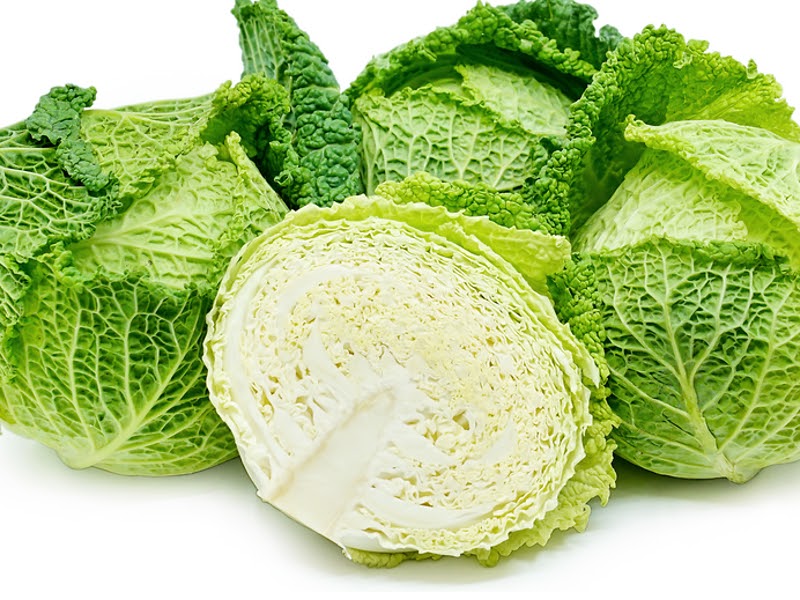
10. Savoy Cabbage
Savoy Cabbage is a winter vegetable and a variety of Brassica oleracea. This savoy cabbage variety is named after a region in France, Savoy. It has tender leaves that are crunchy and have a milder taste.
Savoy cabbages are smaller in size compared to other green cabbages. This type of cabbage is excellent in vitamins, minerals, and fiber. Savoy cabbages can keep their color and texture even after cooking. Its loosely layered leaves make it distinct to regular cabbages.
Savoy cabbage is a late-fall type of cabbage and can withstand cold temperatures. It also has different cultivars, namely, savoy express, savoy king, tundra, and winter king.
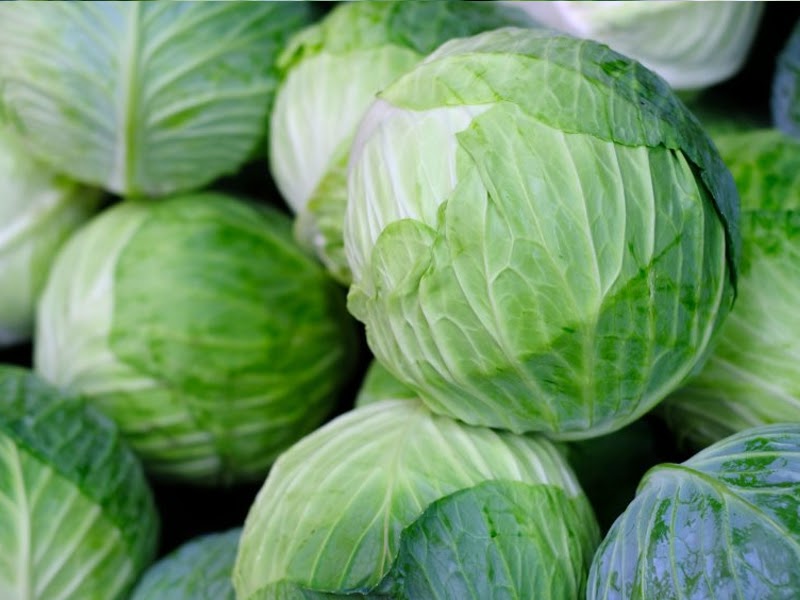
11. Green Cabbage
Green cabbage is considered as the most common variety of cabbage that belongs to Brassica oleracea species. This type of cabbage has a round head with densely packed leaves. The outer part of the green cabbage is medium to light green leaves. Eventually, this color will turn from pale green to white the moment it becomes closer to its core.
Green cabbages have sizes that range from a half kilo to 4 kilograms. This cabbage can be sliced thinly, steamed, sauteed, braised, or eaten raw. Green cabbages are usually coleslaw’s main ingredients.
It has a slight peppery taste when eaten raw, but has a sweet taste when cooked. Green cabbages are also perfect for making sauerkraut.
Varieties of green cabbages include Pointed cabbage, domestic cabbage, and Danish cabbage.
Pointed cabbage is also known as sweetheart cabbage. It has green leaves and a pointed head. Compared to green or white cabbage, pointed cabbage is sweeter in taste and softer in texture. This variety is perfect for quick cooking or plain cabbage salads.
Domestic cabbages have curly hairs, but don’t have firm heads. Just like most types of cabbages, domestic cabbage is a good source of calcium, fiber, magnesium, potassium, and phosphorus.
Danish cabbage is usually grown during winter in cool locations. This large type of cabbage has leaves that are blueish-green color. The leaves are tender, crips, and leathery. Danish cabbages can grow up to 4.3 kg.
So whenever you are planning to buy cabbage for your cabbage salad, coleslaw, cabbage rolls, or other recipes that require cabbages, make sure to check the cabbage leaves and cabbage heads to ensure that you’ll get the high quality ones.

